If you’re new to yoga, you might be wondering what exactly it is, and if it’ll work for you. You may have heard about the benefits of practising yoga, but don’t know where to start.
In today’s world, social media and advertisements generally shape the unacquainted’s ideas about what body types, skin colour, apparel, and flexibility levels are ‘required’ to practice yoga. These types of images can not only deter people from attending yoga classes but also be flat-out elitist. So let’s label those images and ideas as they are: model photo shoots meant to sell material products in a world that is not yet represented equally. They are not true representations of who can and might benefit from practising yoga.
As we continue, try to place those images out of your mind as we get into what yoga ACTUALLY is and what it can do for you. Below I’ll answer your most common yoga questions!
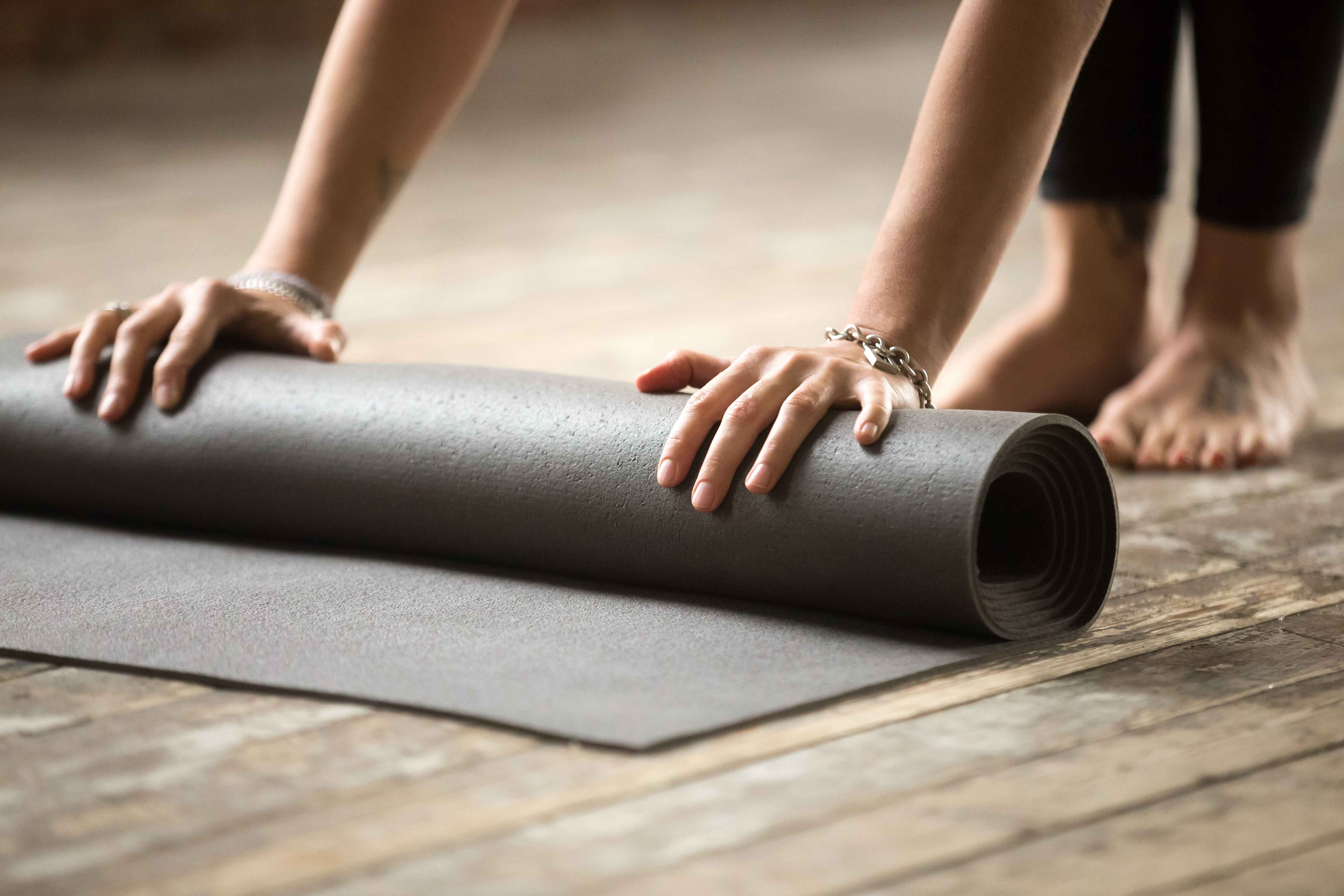
Why should I practice yoga?
I believe that everyone comes to the mat for the first time for their own reasons. Here are a few scientifically proven benefits that might help you with your decision:
- Improved flexibility, balance and strength
- Stress relief
- Better sleep
- Increased immune function
- Improved cardiovascular functioning and bone health
- Better posture and body awareness
- Reduced anxiety
- Weight loss (more on this topic below)
- Overall improvement of mental health and quality of life
Personally, yoga helped me transform from an inflexible, anxious, overthinking workaholic into a calmer, happier and more productive person who loves to take breaks and revel in the little joys of life! It didn’t happen overnight, but wow! What a difference.
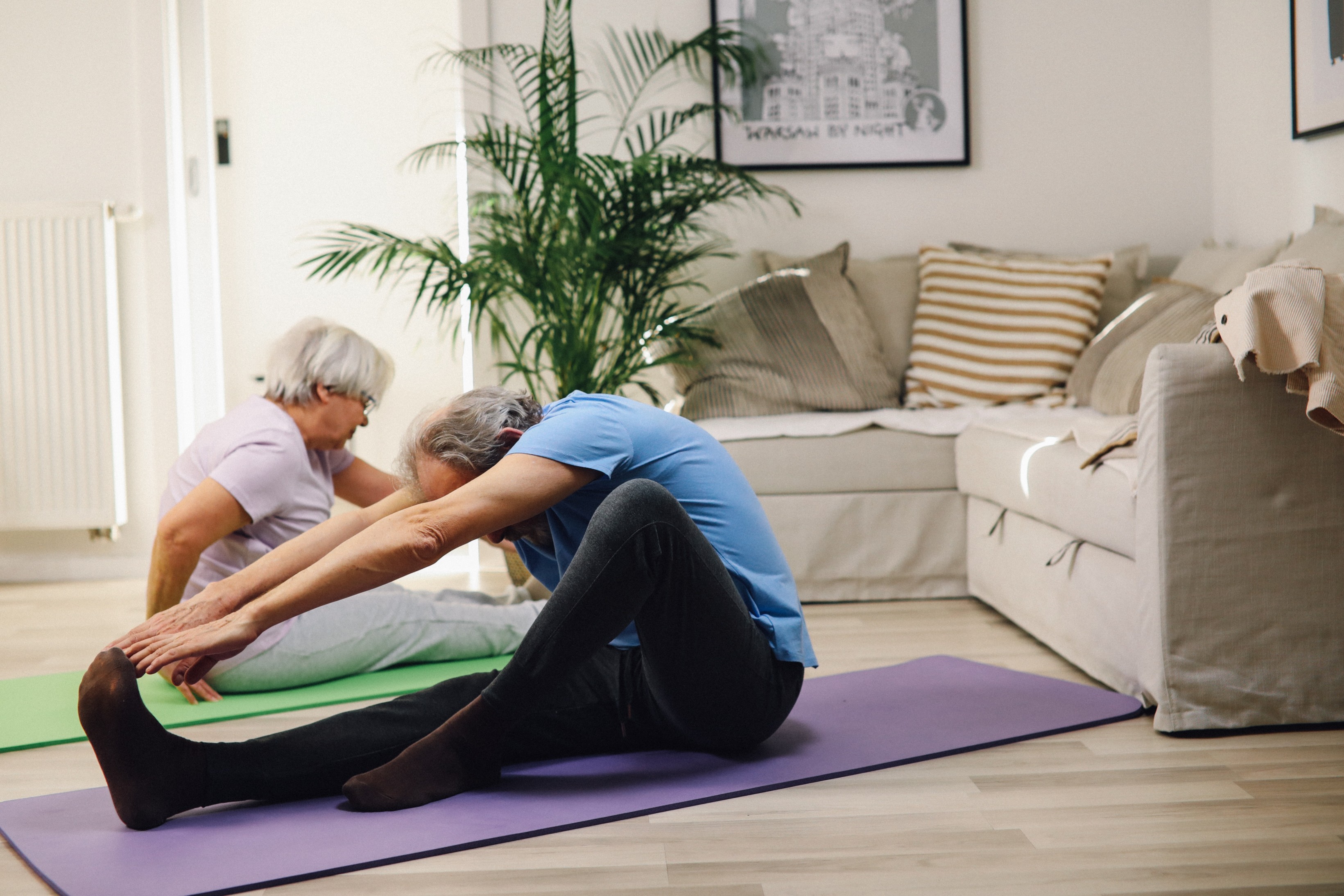
Will I be able to do it if I’m not flexible?
Yes! Let me say it again: You do not need to be flexible to practice yoga!
The practice of yoga is multi-faceted. Overall, its purpose is to help you connect with yourself, improve your mental, physical, and emotional health, and find a deeper connection with your community and a meaning for life. For example, breathwork, meditation, visualization, mantras and vocal toning, as well as practices such as non-attachment, non-harm (to self or others), and truthfulness can be incredibly effective, and none of them require serious physical flexibility.
However, if you choose to adopt a physical practice, know that you don't necessarily need to commit to a demanding routine. Scientific studies have shown that just one asana (physical posture) practice per week can improve your muscular flexibility over time. Two or three practices per week will have you seeing gains even faster!
What should I wear?
Contrary to what yoga apparel companies would like you to believe, yoga can be practiced in anything!
If your yoga class requires movement, you will be most comfortable wearing stretchy clothes or workout gear. What makes your body feel the best really depends on you and the class you are attending. For a high-intensity class, wear shorts and a tank top. For a restorative class, wear a couple of layers on top and warmer bottoms. I personally like to wear layers so that if my body temperature fluctuates during my practice, I can accommodate for it. Blankets are great too! Just remember that wearing fashionable yoga outfits does not make you a better yogi.
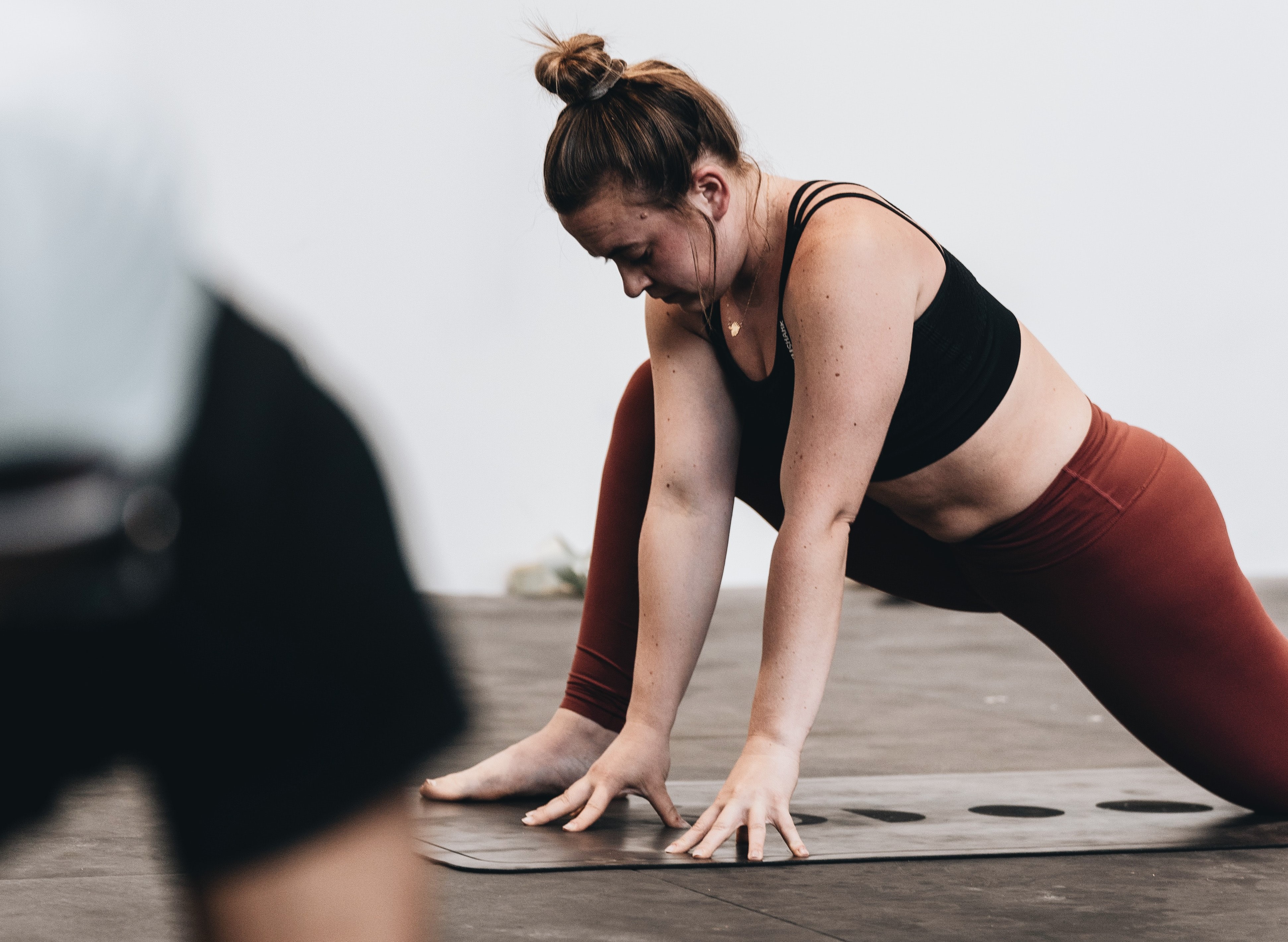
Where can I buy a yoga mat?
These days, yoga mats are ubiquitous. You’ll find them at drug stores, some grocery stores, yoga studios, gyms, health and wellness stores, everywhere online, and at thrift stores. If you have the means, I recommend looking for one that is eco-friendly or made of recyclable, non-toxic materials. We did a lot of research in this area - check out our blog articles The 14 Best Eco-Friendly Mats of 2022 and Be Good to the Planet - The Environmental Impact of Yoga mats. If you’re practicing on a hard floor and have general body aches and pains, I’d also recommend finding a thicker mat to cushion your body. If you travel a lot, you may want a mat this is thin and light, like those in our article Top 6 Travel Yoga Mats for Yogis on the Go.
What are the different styles?
These days, new ‘styles’ of yoga are popping up at every turn. Yoga has evolved over centuries from teachers and gurus adding their own personal flairs and beliefs. This is nothing new. Some methods have stuck around, and some are fads, and just that.
Notably however, yoga in the Western world is now almost exclusively a physical practice (asana). Traditionally, yoga heavily focused on aspects like meditation, breathwork, self-improvement and the amelioration of community. Today you can find some of these styles under the names of ‘kriya,’ ‘raja,’ and ‘karma’ yoga. The rest fall under the physical practice category:
- Hatha Yoga is the oldest form or ‘style’ of physical practice in yoga. Today this style involves held asanas (poses) and is generally a great practice for beginners. You’ll learn the poses and some of the other components of yoga practice such as philosophy, breathwork, and meditation.
- Ashtanga Yoga is a regimented practice involving a sequence of physically demanding postures. It is generally better suited to more experienced practitioners, as it requires knowledge of the set of asanas.
- Vinyasa Yoga, often called Power Yoga, stems from the Ashtanga practice but is more accessible and free flowing than its predecessor. Vinyasa means ‘to place in a special way’ in Sanskrit and refers to the flow of postures throughout the class. Today it is generally considered the most ‘athletic’ form of yoga.
- Kundalini Yoga varies from many of the other postural yoga practices in that Kundalini movements are typically fast-moving, pulse-like ones that create a spiritual connection to the physical body. These classes typically involve lots of breathwork, chanting, mantra, and movement meditation. Kundalini is great for eliciting change on a cellular level.
- Yin Yoga is yoga of the connective tissues. Longer held postures (generally 2-10 minutes) help take your stretching to the next level. With these held poses, not only will you stretch muscles but all of your connective tissues such as fascia, ligaments and tendons too. This practice can at times feel relaxing, and at other times intense. It teaches you to listen closely to your body and to stay with the sensations (never pain) of your body opening and releasing.
- Restorative Yoga is the practice of resting and relaxing. It’s an excellent practice to help you unwind, heal injury, and improve sleep quality. Restorative poses (held 5-15 min) usually involve props like bolsters, blankets, blocks and pillows to get your body into the most comfortable position possible.
- Gentle Yoga is generally a practice that incorporates hatha, yin and restorative yoga, as well as gentler movements. It’s an excellent practice for those with injury, aches and pains, or generally low energy. You won’t find vigorous asana flows here.
- Prenatal/Postnatal Yoga is a practice for the child-bearing body. Asanas, breathwork, and meditations are geared toward creating a safe space for both the birther and baby while preparing for birth or recovering from it afterward.
- Jivamukti Yoga is a vinyasa style practice (flowy, vigorous) with a focus on five tenets to connect spiritually and ethically in one’s relationship to the earth. It can be a challenging practice for beginners, but extremely rewarding too.
As I mentioned before, the yoga style list goes on and on from here. Many styles have self-descriptors that make it easy to decipher what they’re about, like the ‘Gentle Yoga’ above, or ‘Plus Size’ and ‘Mom and Baby’ yoga which you’ll find on this website.
With all the unique teachers and classes out there, you’re bound to find ones that resonate with you. If you try a class and don’t like it, simply move on to the next!
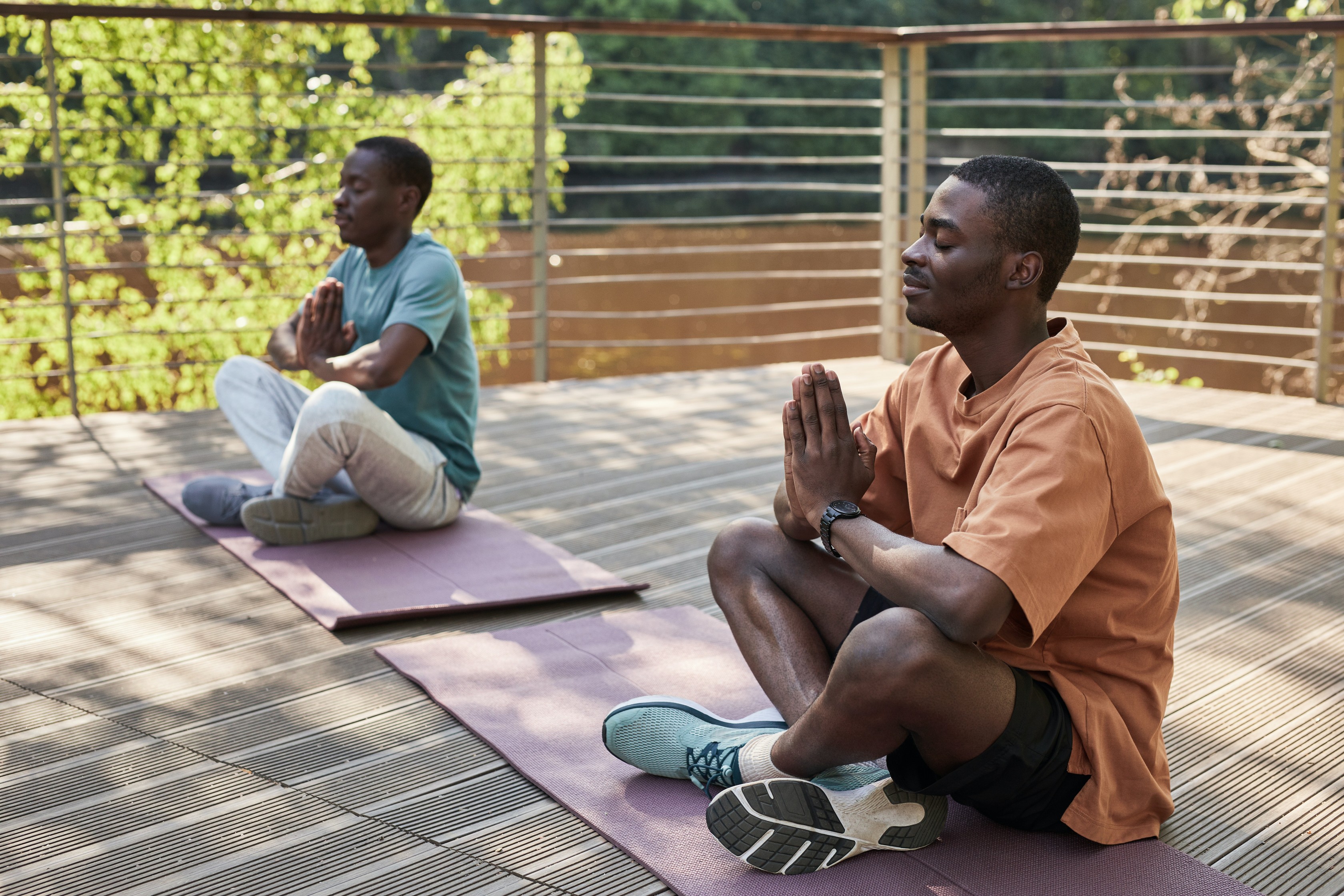
Is yoga religious?
Worldwide, yoga is practised by people of all faiths and walks of life. The beauty of yoga is that while it developed alongside Hinduism, Buddhism and Jainism (out of India), the practice itself is designed to aid anyone in their self-development and/or connection to a higher power – if that person so desires.
Yoga is not a practice of secular religion comprised of set rituals or a mandatory view of the world like in Christianity, Islam, and Judaism. Instead, yoga allows a person to support their own beliefs while practising.
In particular, popular yoga today is heavily asana (posture)-based. In other words, it’s a very physical practice comparable with exercise and stretching. With the addition of meditation and breathwork exercises, yoga helps to calm and heal the body, while training the mind to meet one’s goals.
Some people may find that yogic chanting or the use of hand gestures do not feel comfortable for them. Many yoga classes today do not incorporate these elements, and because of the flexibility of yoga, students are welcome to engage in whatever class elements feel most aligned with their individual beliefs. If you find a certain style of class doesn’t resonate with you, just try another teacher or another style.
Ultimately, a person’s intention – what is in their heart – really sets the tone for their practice. As a result, you may find that yoga enhances your own religious experience, or you may find that it influences you in other non-religious ways. Yoga is simply a tool to help you on your own path.
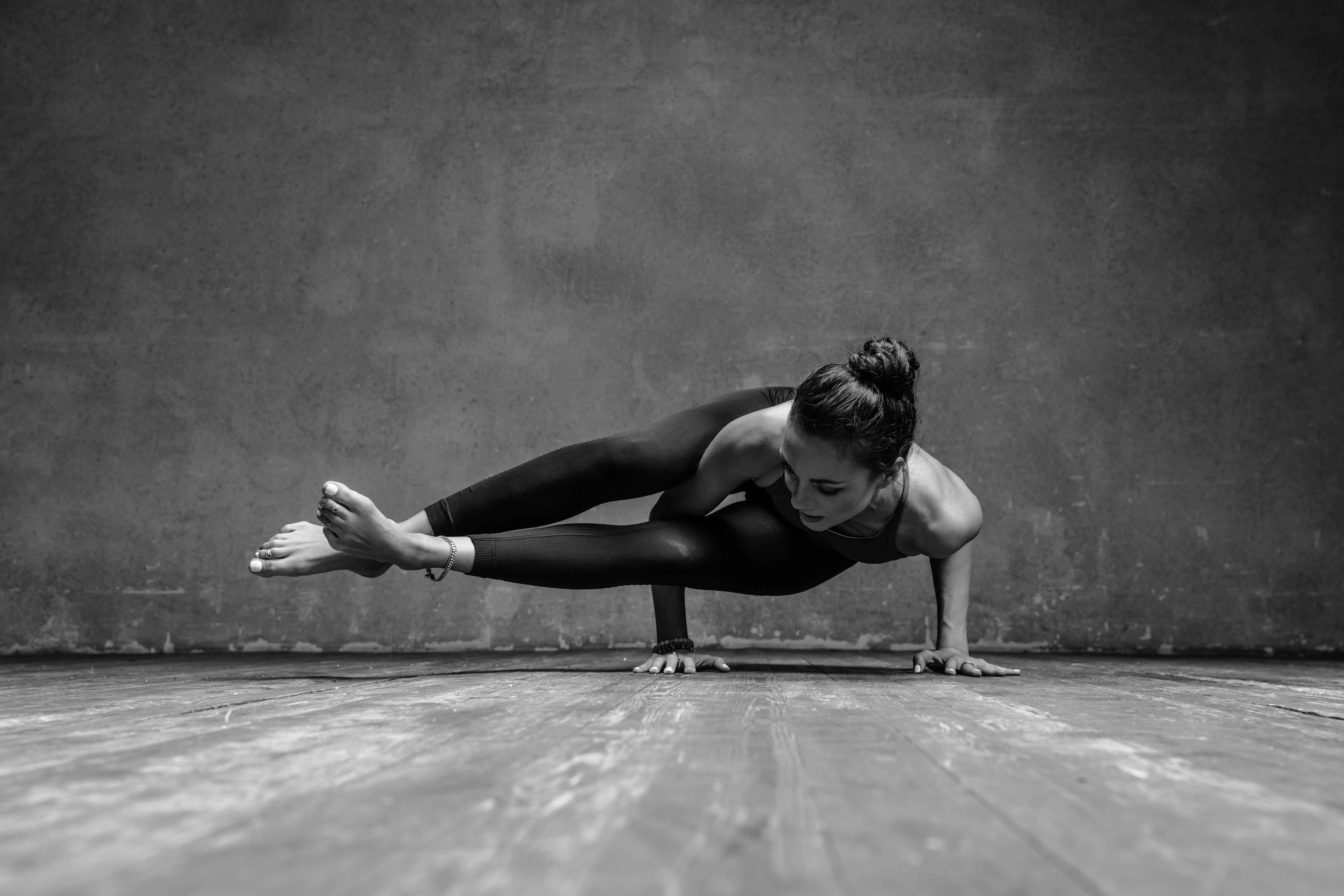
Do I need to memorize the names of poses?
No! Over time you may become more familiar with many of them, like Warrior II and Downward Dog, but you’ll also discover that significant overlap occurs with different styles of yoga as to what poses have what names in English. There are Sanskrit words for many of the more traditional yoga poses, but any good teacher will safely guide you in and out of poses with descriptions and examples to make it easy to follow along. If you do encounter the rare teacher who only uses the names of the poses with no additional descriptions, just skip along to another class (unless you really love it!). Don’t let the unfamiliar names deter you!
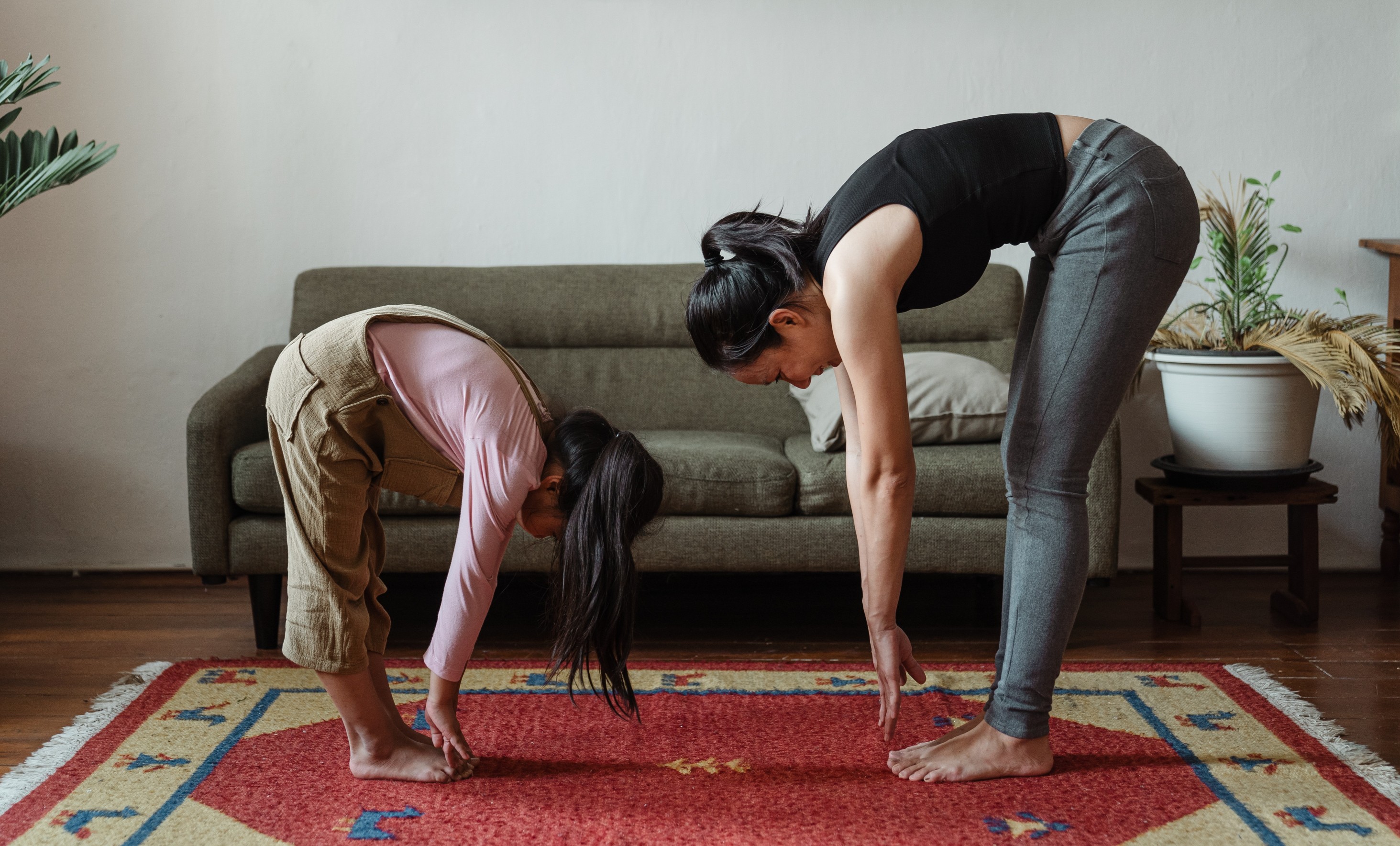
What if I have never done meditation before?
Amazing! Many people have never sat for a meditation before their first yoga class (and not all teachers or classes incorporate a seated meditation). I certainly never did until I came to the mat at 19 years of age. So welcome!
Chances are, you’ve actually been in a ‘meditative state’ before but just didn’t know it. Often, we’ll call that state a ‘flow state’ - when you’re totally engrossed in an activity that you love, and you don’t notice time passing or even your surroundings. This is just one of MANY forms of meditation.
Like anything, practice makes progress. If ‘clearing your mind’ seems impossible to you, please know that over time you can start to find a little more space between your thoughts – one practice at a time. Some days will be better than others. Ultimately, the purpose of meditation is not to have zero thoughts at all. It’s about being able to identify them when they cross your mind and let them go on their way without becoming all consumed by your personal stories.
A wise teacher of mine once said, “You can’t believe everything you think.” So, take a breath, close your eyes, and just for a moment or two, practice breathing and following along with your teacher’s guidance. You’ll find the style of meditation that works for you. In no time you’ll probably be working up to 20 minutes or more!
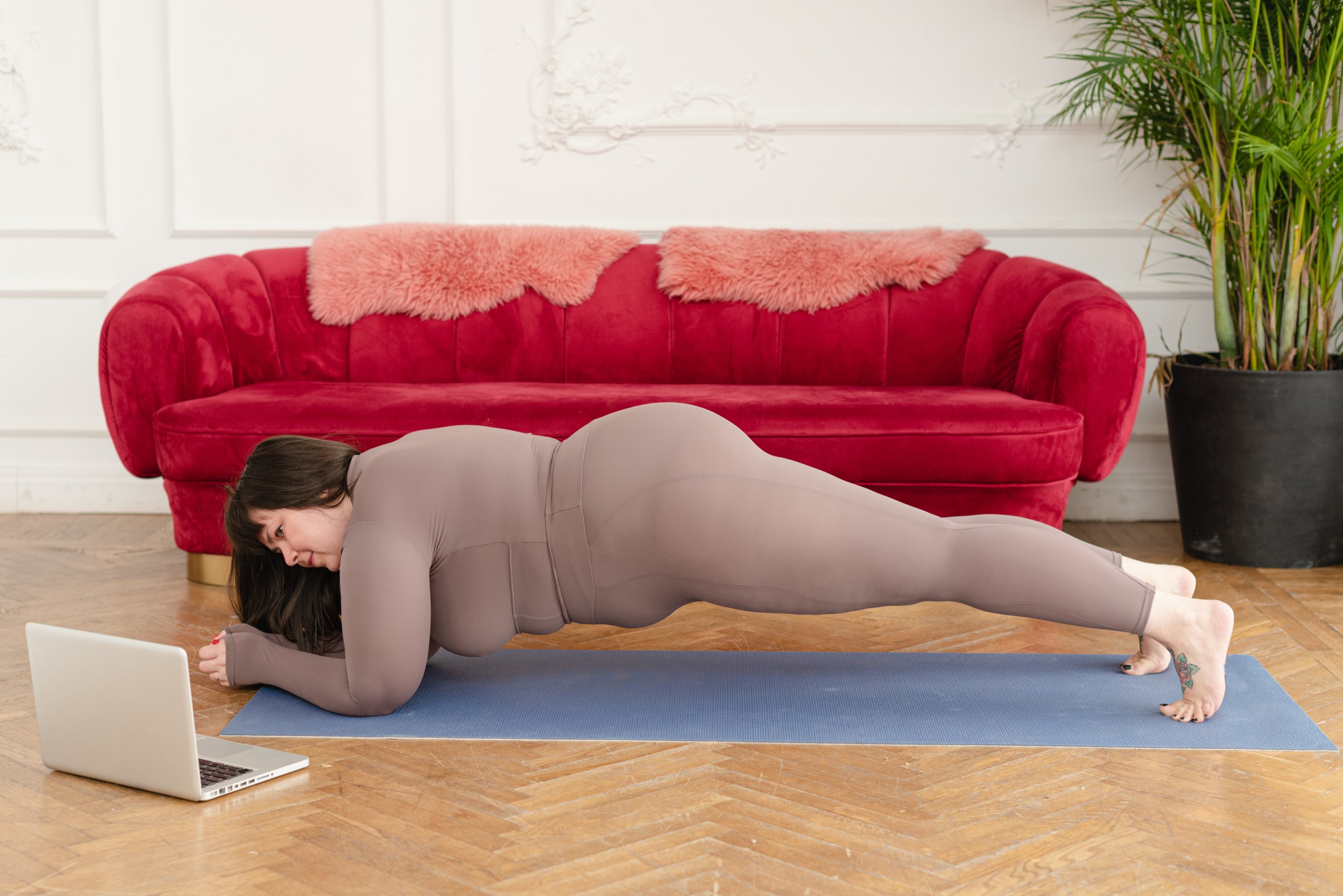
Is online yoga safe?
Online yoga is safe as long as you are paying attention to your body and how it is reacting when you’re doing a class. As a starting place, stick to movements within your normal range of function, whether that’s around the house, at the gym, or out and about. Follow your care provider’s advice as far as limitations–especially if you’re in recovery. Many of the gentle and hatha yoga classes will have plenty of supportive options for you while you’re learning.
Yoga can help you work toward your personal goals and general improved health–physically, mentally, emotionally and spiritually. If you suffer from PTSD or any other mental disorders that could be triggered by deeper self-work, please take care and immediately seek help if you’re finding yourself in a place that is unbearable.
In general, however, you’ll find that an online yoga practice is an amazing addition to your life. It’s easy and portable, and as long as you follow the mantra ‘No pain, no pain!’ you’ll reap the benefits.
How should I approach doing yoga?
Keeping an open mind is your best bet when starting your yoga practice. There will be times when you might feel frustrated at yourself or your teachers because learning something new can be difficult, and long-lasting changes do not happen overnight.
As a rule, trying to ‘force’ flexibility just does not work. Your body will react by seizing up and won’t allow your muscles and connective tissue to unwind. It took years for your body and mind to become how they are now. If you’re looking for changes, think slow and steady. Keep coming back to the mat, and over time you’ll notice yourself evolve.
Taking a moment to consider your motivation or goals before you start a practice can also be useful if you’re looking to engage in a regular practice. In this way you’ll set a meaning, or reason for practising that can help you make it back to your mat on days when you are feeling discouraged.
Is yoga fitness?
Traditionally, no. Yoga is a multifaceted way of approaching life, with one aspect of it being physical movement (asana practice).
Today, most gyms and many popular yoga studios distill yoga into a very physical practice that could be considered fitness. Certainly, your own yoga practice can be a personal form of fitness, if you want it to be. In general, however, even a strong vinyasa class cannot replace other forms of fitness such as cardiovascular training and heavy weight lifting. If you’re using yoga as fitness, I encourage you to incorporate other methods of training for a well-rounded approach to physical health.
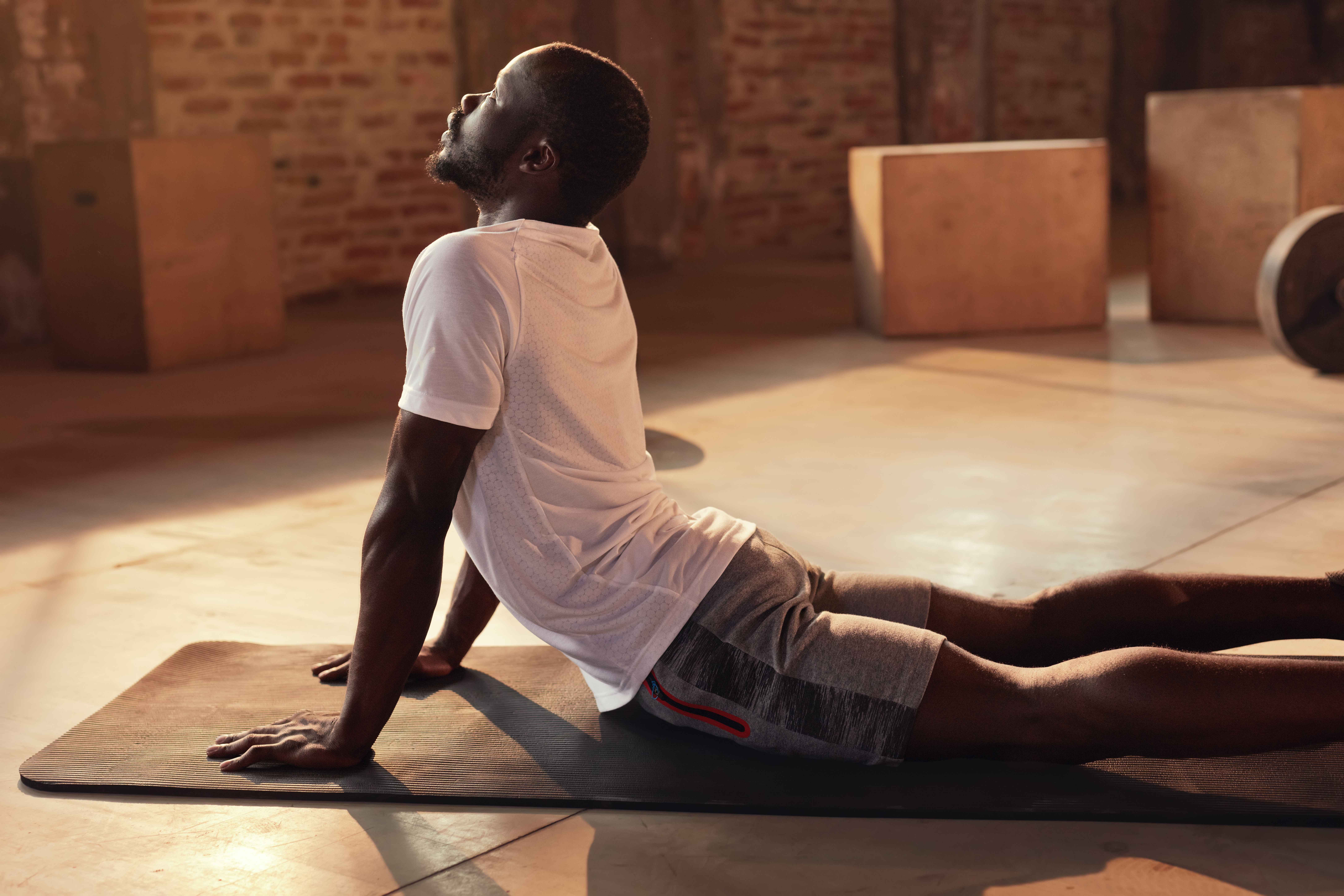
Can yoga help me lose weight?
Short answer: Yes.
There are so many nuanced factors involved in weight loss, so every situation is different. Yoga can certainly be a ‘workout’ for some, depending on the style you choose. This may be enough for some people who wish to use yoga to lose weight. More importantly however, yoga can provide an excellent avenue for stress and anxiety relief, as well as a chance to cultivate bodily awareness, internal balance, self-love, and overall contentment. Depending on your unique circumstances, these changes can translate into weight loss, into a place of comfort in your own skin and/or into self-confidence. Sometimes it means taking a deeper look into why you might want to lose weight in the first place, and how yoga can help you with that.
I sincerely hope that this blog has piqued your curiosity about the practice of yoga and clarified any misperceptions you may have had. If you still have more questions, please do not hesitate to reach out to our expansive team. We love sharing our passion!



I appreciated this article and the photos that went with it. I would love it if the "Can yoga help me lose weight" section more explicitly addressed negative societal messages about body size (whether in terms of pressures around weight loss, weight gain, more visible muscular definition, etc).
There is so much suffering around how body size and appearance gets judged and the assumptions that go along with it. And unfortunately in my experience as a large person who has practiced yoga for many years, this comes through not only in mainstream yoga marketing but also in interactions with many yoga teachers who despite their years of skill do not know how to instruct on asanas in ways that reflect different sizes, or explicitly or subtly assume that body size correlates to physical/mental health and being internally balanced.
There's already so much good in this piece, it wouldn't take much to adjust it to acknowledge the complexity of the desire to lose (or gain) weight, and the difference between building strength, stamina, and flexibility, and "weight loss". I'm happy to bounce around ideas about how to do that, if there's interest in doing that together.
This is a very thoughtful explanation of a lot of questions I have about Yoga. Thank you Julia Crouch for taking the time to explain things.
All so true, since finding DYWM so many aspects of myself and my life have changed for the best.
Thanks for always showing our diversity.